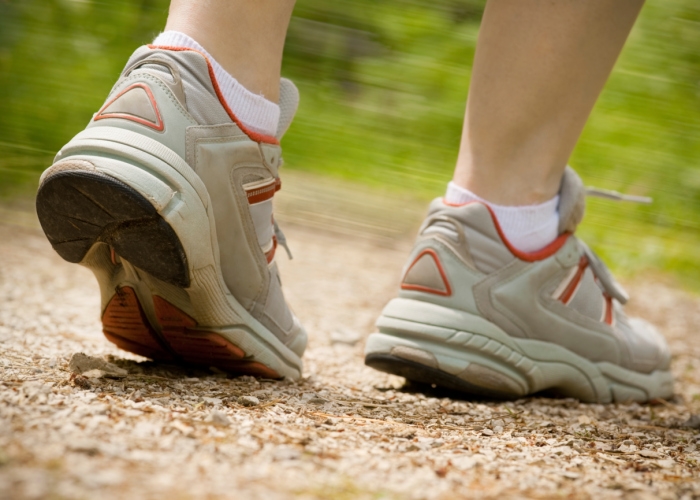
You’ve probably heard the story about the centipede unable to walk because he can’t work out which leg to put down next! If he stopped agonising about it, his legs and brain together would take care of it for him.
We’re a bit like that. If we give two minutes thought to how we actually hoist ourselves up a flight of stairs, it could take a long time to get to the top. That’s because our actions are extraordinarily complex and generally done completely unconsciously. Many sets of muscles have to work in tune with the brain to make movement happen. Remember how tricky it was learning to drive a manual car? So many things to do at the same time – let in the clutch, let off the brake, press the accelerator, check the mirror, turn the wheel and more. Now, you just jump in the car and drive without a thought about that sequence. Your brain directs the muscles for you.
What Affects Movement?
Most of us have commented from time to time about "how well someone moves", but we rarely go further to analyse why that might be. Why exactly is one person’s movement different to another.
Some of the factors that come into play, which may surprise you:
- Proprioception: That’s just the interaction between the joints and the brain that tells us where each part of us is in space. Without that, we wouldn’t sense how to get our finger up in the right place to scratch an itchy ear. If it’s not in good condition, then our movements won’t happen quickly and easily
- Mental attitude: You may not realize how much of an affect mental processes have on your physical body. When you feel fantastic and energized, you stand tall, and walk with easy strides, head held high and arms swinging.
If you feel frightened, depressed or helpless in any way, you’re likely to be hunched up with head down and arms held close to you. When you’re like that, movement is much more stilted and lacks easy grace
- Flexibility: Perhaps not surprisingly, if your muscles are tight and short, then movements will be jerky and not at all fluid. Watch a dancer or gymnast, and you see them practically glide around, the body bending and swaying easily, with little effort. It also impacts the passage of nerve impulses between the all parts of the body and the brain, so proprioception may be impaired
- Muscle tone: As well as being flexible, muscles must also be in good condition. They need excellent nutrition in order to function well – lack of magnesium, for example, will cause them to cramp and tighten which certainly has an adverse affect on movement
How Can We Move Better?
Plenty of regular exercise is important, but it needs to focus directly on flexibility and improving proprioception. There are a number of ways to do that, some you can do solo, some need a therapist
- Yoga: Having a teacher is great because you can get direct feedback about technique and improvement. But solo yoga will still achieve great results. Because of the repetition, focus and stretch that you find in yoga, you’ll see and feel improvement almost from the first practice.
- Alexander technique: There’s emphasis on how our minds influence our movements – the state of mind is the driver, so if we notice the connection between the two, we can change the outcome. This technique is frequently used by dancers and actors to improve techniques. Once learnt, the principles carry through into everyday life.
- Feldenkrais: A similar philosophy that melds mind and body influence. But there is more emphasis on structural components. Movements are changed by accessing the nervous system.
It is apparent that for good movement to occur, most of us need to tune in to our bodies more often. We have to notice how they’re working. We have to notice how our body responds to what’s happening in our mind; maybe you’ll be shocked when you start to make the connections, but when you do realize it’s a mind/body response, that can be sufficient to stop the problem. Next time you get sciatica and can’t walk properly, look for a connection to some recurring anxiety; if you find something, that discovery may be all it takes to dissolve the pain and stiffness. And your movement will reflect that.
Find a Feldenkrais practitioner or an Alexander Technique teacher in your area.
|
Do you have a natural health & wellness business? |









